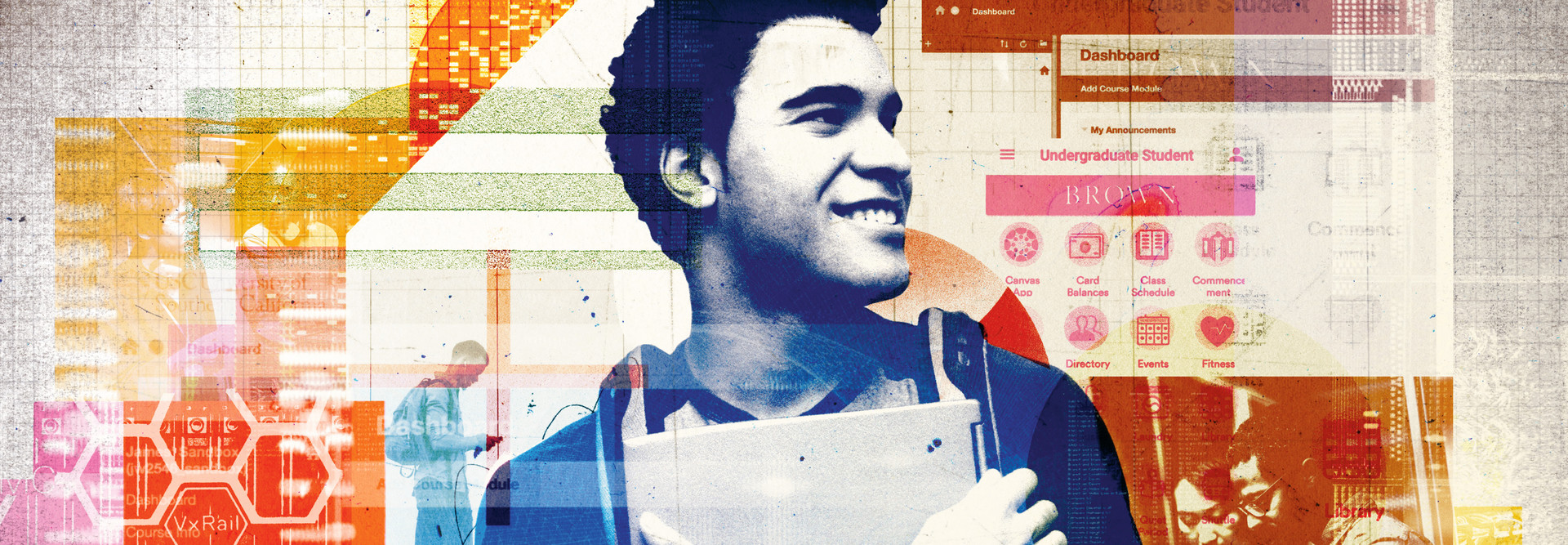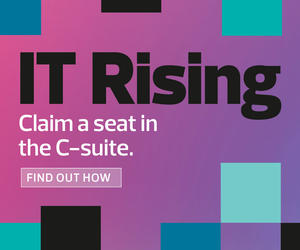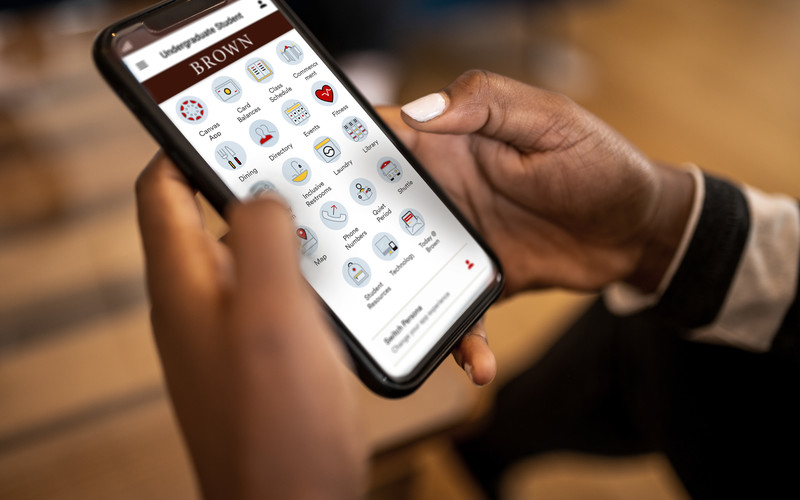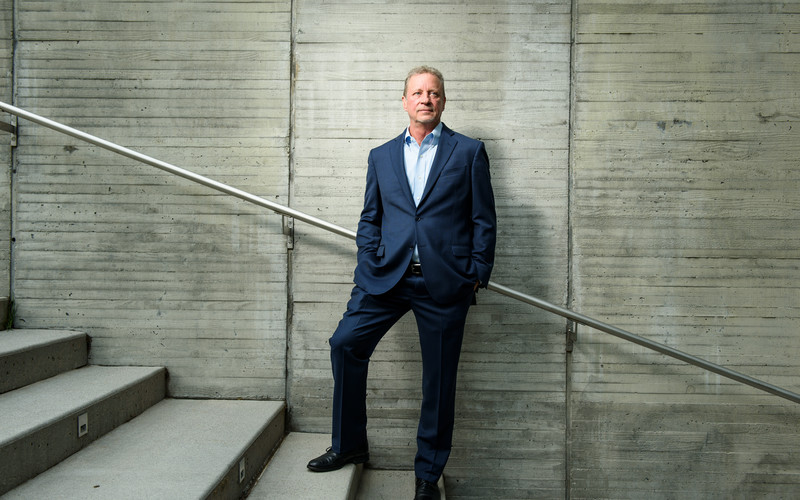“It’s the coming together of those three areas that make transformation possible,” says Betsy Reinitz, director of the Enterprise IT Program at EDUCAUSE.
Technology that enables DX includes mobile apps, cloud, storage and data analytics, artificial intelligence and machine learning, all of which enable better decision-making, she says.
Every college’s DX journey is unique. Some are well on their way to DX, while some are just starting out. However, their efforts have many goals in common, including improving education, student success and business operations.
A DX Roadmap for Higher Education
Located in Providence, R.I., Brown has concrete goals for DX, half of which the school has already completed. Still, Thirsk and his team are flexible and pursue new projects and new ideas.
“People ask what the roadmap is for the next five years,” he says. “We are like Lewis and Clark: We create the map as we go. We’re taking opportunities as they come up.”
Thirsk defines DX as creating new value for the campus community. Within several months of his arrival, he and his staff launched a mobile app that provides the campus community with information and the ability to order food, check the availability of laundry machines and get real-time information on shuttle arrivals.
The university also launched a portal site for faculty, staff and students. Administrators, for example, can access applications, see important alerts and view their schedules and tasks for the day. “It’s very much a one-stop shop,” he says.














